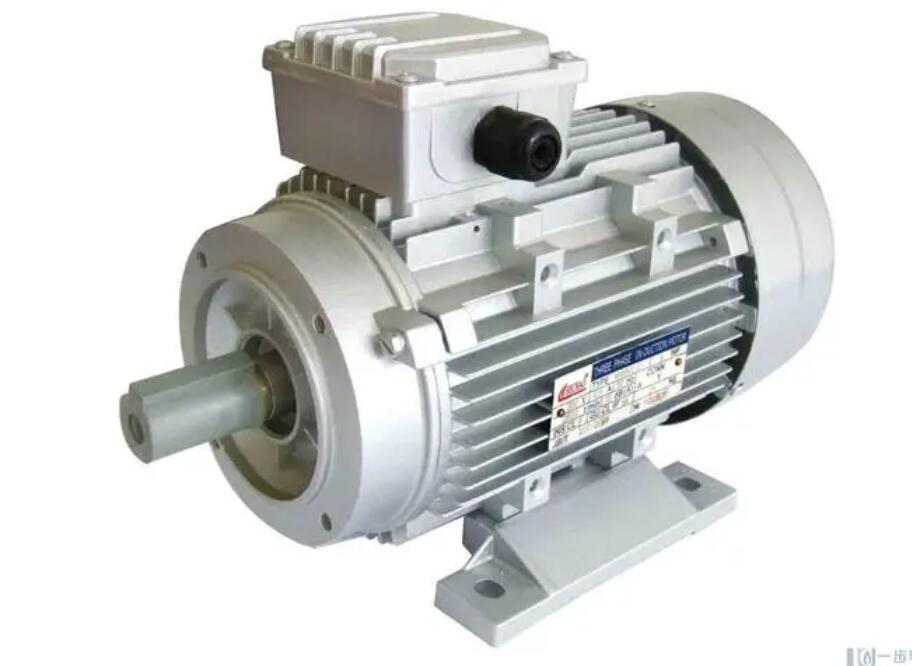Princípio de regulação de velocidade do motor assíncrono trifásico

princípio de trabalho:
Three-phase asynchronous motor is an induction motor. After the current is applied to the stator, part of the magnetic flux passes through the short circuit ring and generates induced current in it. The current in the short circuit ring blocks the change of magnetic flux, resulting in a phase difference between the magnetic flux generated by the part with and without the short circuit ring, thus forming a rotating magnetic field. After power-on, due to the relative movement of the rotor and the magnetic field, the rotor winding will induce electromotive force and current, that is, the rotating magnetic field will have a relative speed with the rotor, and the interaction with the magnetic field will generate electromagnetic torque to make the rotor rotate.
Step:
(1)When the three-phase asynchronous motor is connected to the three-phase AC power supply (each with an electrical angle difference of 120 degrees), the three-phase stator winding flows through the three-phase magnetomotive force (stator rotating magnetomotive force) generated by the three-phase symmetrical current and generates a rotating magnetic field, which rotates clockwise at the same speed of n0 along the inner ring space of the stator and rotor.
(2)The rotating magnetic field has a relative cutting motion with the rotor conductor. According to the principle of electromagnetic induction, the rotor conductor (the rotor winding is a closed path) generates the induced electromotive force and the induced current (the direction of the induced electromotive force is determined by the right hand rule).
(3) De acordo com a lei da força eletromagnética, sob a ação da força eletromotriz induzida, o condutor do rotor produzirá uma corrente induzida basicamente na mesma direção da força eletromotriz induzida. O condutor do rotor que transporta corrente está sujeito à força eletromagnética no campo magnético gerado pelo estator (a direção da força é determinada pela regra da mão esquerda). A força eletromagnética forma o torque eletromagnético no eixo do rotor do motor, aciona o rotor do motor para girar na direção do campo magnético rotativo e gera energia mecânica quando o eixo do motor é carregado com carga mecânica. Como o fluxo magnético da peça sem anel de curto-circuito é maior que o da peça com anel de curto-circuito,





















